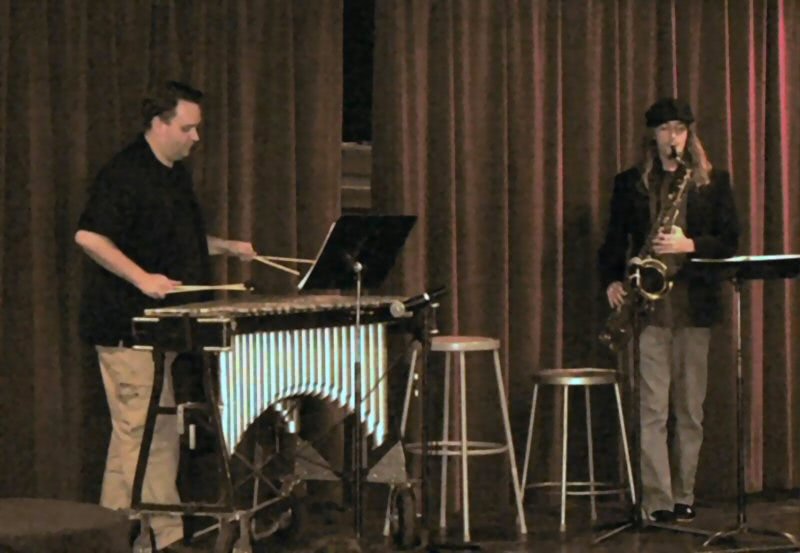Here’s another older piece from teenage Tim. I have played the saxophone since I was 10 years old and wrote this piece in 2008 when I was 18 just before going to California State University, Los Angeles to study music. I have done some editing since then and it ends a bit abruptly, but I have trouble truly changing something that I once considered finished.
Music: Learning Through Emotion
Music requires analysis on the presentation of life; the things we take for granted, the way we think and the things we know. What we see, hear, feel, smell; they are all connected in us to create one picture. This picture can be expressed in many ways, but it is incomplete unless an emotion, in a way the product of all the other senses, is expressed.
It is emotion which ties together all the senses and provides us with our initial reaction as well as a grounds and basis for additional, future contemplation. Art is the only medium where the emotions are truly expressed; in fact, it is this expression that separates art from other mediums of expression. This is why music offers such a thorough understanding of the world.
It may not show shapes, colors, or textures, but through tones it shows us emotions; through chords, the combination of tones, it shows unity and variation, strength and weakness, life and death. When these combinations are truly made, all else is lost. The mind of a dedicated listener is filled with the sounds, overwhelmed by the emotions expressed through multiple players, all playing individually with their own style, yet thinking and acting as one. When one instrument fades and another builds: it is as if a spring came upon the music, and new life comes to replace the old. It is unity, strength, and life: one knowing that it must fade and give its life for the other to live stronger. It is also variation, weakness, and death.
Tones even seem to replace color and texture. When a musician tries to express how music sounds overall, he talks about its “texture.” The “color” of the tone, whether bright, like a Dixieland clarinetist, or dark, like a cello in a chamber group, it is compared to the other senses. I know of no English words or phrases to describe tone but through comparisons. In fact, it is so difficult to truly explain how the music sounds, comparisons and analogies need to be made.

